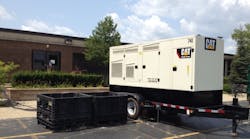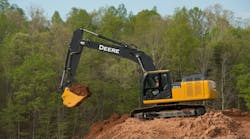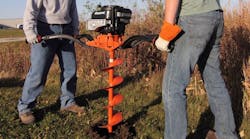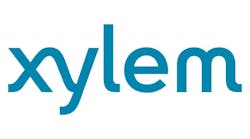A friend of mine recently was lamenting how much he has spent over the years on insurance he hardly used. Then he rear-ended a new Mercedes Benz, which caused a neck injury to the driver of that vehicle, plus expensive damage to that vehicle. Even though he rear-ended the car, it wasn’t fully his fault since the car in front of him stopped suddenly on rain-slicked streets, he claimed. But he was still legally at fault, and obviously he felt better about having insurance.
As I was researching this month’s cover story about what pump rental companies and pump manufacturers did in relation to the three major hurricanes that ripped through Texas, the Gulf Coast, Florida and the Caribbean, I thought about the contingency plans rental companies offer, particularly to their customers in municipal markets, refineries, industrial facilities and other businesses. In a way, for a rental customer to take out a contingency plan, it’s quite similar to having an insurance policy. The rental company sales rep comes to visit and together you figure out what pumps you might need in the event of a major hurricane – pumps, hose, pipes, and other accessories. Generator rental specialists do something similar to be ready to provide power in case of emergency to their customers.
What it amounts to is reserving pumps in case they are needed. A customer has the pumps reserved from around the beginning of June to the beginning of November, hurricane season. Of course there’s a charge for this since the rental company is keeping the units reserved for that particular company.
The last really major hurricane to make landfall in the South was Hurricane Ike in 2008 and after that, Robert Cloud of Xylem told me, quite a few Xylem customers were happy to sign up for these contingency plans. But as the years went by and hurricane seasons were mild, many of those customers forgot about those plans and didn’t renew them, preferring to spend their money on more immediate needs rather than on reserving pumps they might not need. Well, we all know what happened this year.
So those contingency plans are really a kind of hurricane insurance. The customer may spend some money reserving pumps he may not need in a mild hurricane season. But when a 2017 comes along with the triple whammy of Hurricanes Harvey, Irma and Maria, the company is well-prepared.
I’ve said before in this space that I don’t really understand how a company can do business without a backup power plan – what will they do in case of loss of power that can cost them significant money? Now I say the same about having an emergency pump contingency plan if a company is in an area where the possibility of flooding is an annual occurrence. And we’ve seen some significant storm damage in places like New York City with Superstorm Sandy a few years ago.
The opportunity to educate customers about contingency plans is right there, no matter what products you offer or what part of the country or the world you’re in. But it’s especially propitious for hurricane awareness.
* * *
Speaking of pumps, there has been a lot of development in pump technology over the years and every pump manufacturer can point to improvements they have made.
But from what I hear from pump manufacturers, pump rental companies and their customers, the most important advances have been in the area of remote monitoring. You can turn a variety of pumps on and off and follow their long-term performance, and warnings of upcoming issues, allowing for the opportunity of predictive maintenance. Having GPS on pumps helped rental companies to locate units in advance of the storm and protect them. Being able to turn pumps on and off from a remote keyboard or even a mobile phone is a significant advancement that is becoming increasingly popular with pump users, just as telematics on most other equipment is becoming increasingly a customer expectation and everyday part of doing business.
We’ll be taking a deeper dive into pump technology in future issues, so stay tuned and make sure your customers stay dry.









